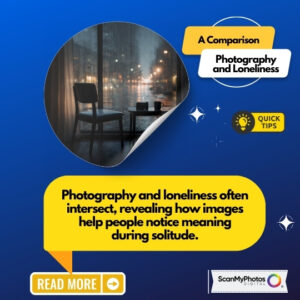Not sure why your photos are coming out blurry? Curious about the best settings for a daytime shoot? Just want to know what an aperture is? While it’s true that cameras have a language of their own, you can improve the quality of your pics by understanding a few key terms. To help, here’s a rundown of 5 important camera specs plus tips that will enhance your photos:
1: Aperture – Also known as “f-stop” or “f-number”
Just like an eye’s pupil, the aperture is the size of the lens opening that lets in light. Wider is typically better because as size increases, the depth of field (the area of sharpness in front of and behind the subject) also increases.
Tip: A large f-number will bring the images in the foreground and background into focus. A smaller f-number will only bring the image in the foreground into focus, while the background will become blurry.
2: Burst – Also referred to as “continuous shooting rate”
Burst is the rate of frames per second that a camera can capture.
Tip: You’ll want to increase the burst rate if you’re trying to take action shots—this way you’re more likely to snag a great pic in the middle of the excitement.
3: Focal length
The focal length is the lens’ magnification of the image and the amount of scene covered by the lens. As focal length increases, things look bigger and take up more of the frame.
Tip: If you’re trying to imagine what this translates into, a low focal length would be great for a land or cityscape shot, while a high focal length would be perfect for a portrait pic.
4: Sensor size
The sensor size is the dimensions of the photoreceptors that create the pixels, which become an image. Bigger sensors generally produce better photo quality.
Tip: This isn’t a setting you can adjust on your camera, but is something you should be aware of before you buy. The bigger the sensor size, the more of the scene you can capture.
5: ISO sensitivity
ISO is a camera’s sensitivity to light. A low ISO, in the 100-200 range, is best used in situations or settings where bright light is involved.
Tip: The higher the ISO number, the better the camera’s ability to shoot in low light, but a high number is also more likely to see noise or colored speckles that might blemish the shot.
There you have it! Now go play with your camera’s settings and get ready to proudly upload your pics to Facebook or Instagram with the popular #nofilter hashtag.




